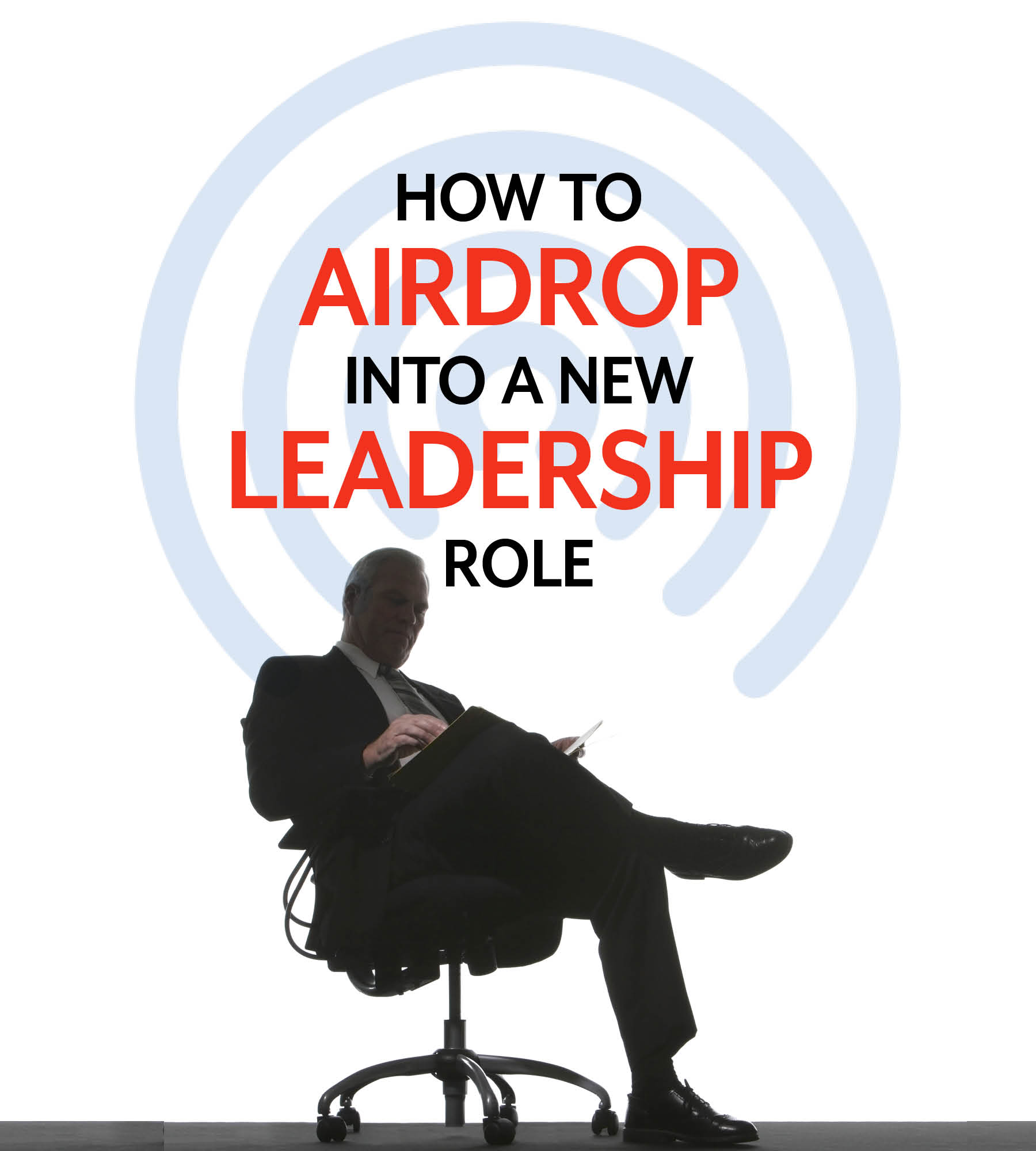Language
You can read the magazine in one of the following languages
My grandfathers were small business owners who largely kept the same jobs in the same cities until their retirement. It always raised eyebrows at family gatherings when it came up that I was the other extreme. Right out of college, I entered one of the highest turnover industries – politics. I’ve never been a concert roadie, but I expect they have a similar lifestyle – work hard, play hard and get ready to be out of job in a few months.
However, the campaign cycle meant there was always an opportunity to take on a new challenge and build something from scratch under the pressure of an impending election deadline.
And as I expanded into non-profit management, business development and corporate communications strategy, I saw that successful leadership transitions required a similar approach, no matter the industry. That’s because no startup, acquisition, transition or management change is ever truly turnkey.
Leadership transitions look simple on paper, but it’s like cooking in someone else’s kitchen. The recipes are the same, but unfamiliar appliances, utensils and layouts throw off your efficient systems for entertaining or feeding your family. You have to adjust to the new environment and also restructure what needs to change to fit your processes.

I saw that successful leadership transitions required a similar approach, no matter the industry.
However, in business, you’re not dealing with patient family members holding forks – it’s hungry stakeholders with pitchforks. So anyone taking over an operation, from middle management all the way up to the C-suite, has to adopt an Iron Chef mentality. It’s an entrepreneurial mindset of controlling what you can and applying basic, universal recipes for success.
A few years ago, an investment group asked me to run operations during their transition as new owners of a Florida RV park. The company’s prior ownership had left behind what seemed to be an established, well-functioning business complete with payroll and billing systems, a full staff and qualified vendors. But after dealing with an overflowing sewer and a ruptured water main, it became clear that my dreams of an easy stay and some rounds of golf might not come to fruition.
The worst thing about diving into a gushing water line break is having to scrub sand and grit out of your hair for a week. Fortunately, we capped off the leak before the road washed out and we also located key shut-off valves and unmarked utilities during the repair. The best news was that we were also able to better understand infrastructure problems, reevaluate capital needs for improvement and build troubleshooting processes.
Getting our hands dirty helped us become a better business. It’s why military generals like James Mattis will hang out with enlisted men in a foxhole, and some of the best CEOs like Infosys Co-Founder NR Narayana Murthy have lunch in the employee cafeteria.
These kinds of leaders aren’t empty suits; they’re actively engaged in building better operations and understanding what’s happening on the front lines. Most importantly they understand that while talent, education and credentials can get you the title, entrepreneurial leaders still have to gain a comprehensive understanding in order to effectively lead and implement their directive for the mission.
In 2008, I temporarily moved to East Tennessee to manage a legislative race. Outside consultants bombarded us with proposals for flashy marketing swag and cutting-edge digital outreach.
We said no to all of it because we knew that while those solutions might work for other races, it was boring fundamentals like door-knocking and spending a fortune on traditional ads that would win the day. Ultimately, because we stuck to our tailored campaign strategy, we flipped a seat held by the opposition for three decades.

Getting in the trenches and developing a well-articulated leadership vision is organizational glue.
In every industry and every job, someone is going to have free advice that’s worth exactly what you paid for it. Worse, every existing operation has a legacy of “the way things are done”, so it’s tempting to avoid rocking the boat.
But getting in the trenches and developing a well-articulated leadership vision is organizational glue that provides a top-to-bottom framework of accountability and purpose for those in the corner office all the way down to the frontline task worker.
A new leader doesn’t exactly get to start with a clean slate; again, he’s walking into a kitchen someone else designed. Furthermore, today’s technology forces constant adaptation.
Effective leadership requires consolidating the web of ideas, systems and goals into concrete and simple priorities. That can happen only when the person in charge has determined what those priorities are, and directs the team to pursue them without distraction.
A final challenge of any leader’s transition is ensuring that everyone is part of the sales process, from receptionists to the CEO. This is true whether you call sales fundraising (politics), donations (not for profits) or revenue (business).
I was in a not-for-profit leadership for over five years, culminating in holding an executive director role for a national research organization. Like most not for profits, we depended on private donations to fund operations, but our very dry research didn’t lend itself to eye-catching marketing materials.
The big breakthrough came when our proprietary research earned significant media coverage that drove increased website traffic, email sign-ups and subsequent online small-dollar donations. Practically overnight, we revamped our operations to replicate that success.

Incoming organizational leaders can fall into a trap where they think everything is a priority.
Good original content, direct communication with our audience and increased media coverage opened the fundraising sales funnel because it got the intrinsic value of our work in front of the people most likely to become donors.
As my old campaign boss told us every day, “Campaigns don’t lose; they just run out of money.” It meant the revenue stream or the ‘sales’, made everything else possible.
For any new ownership, director or manager, the first transition goals should be to identify how sales come in the door, and to pursue that as the entire team’s primary goal and main metric for accountability. The second goal should naturally follow: getting in the trenches to find the fuel for that lifeblood – your unique value proposition.
Incoming organizational leaders can fall into a trap where they think everything is a priority. But that means nothing is important, and diffusion causes disaster across the team, department or entire organization. They are the house party host who cleans the entire house but forgets to repair the malfunctioning stovetop.
After years of bouncing around the country and filing stacks of individual tax forms, I have landed in a director’s role with Proven Media Solutions, an upstart media relations firm. It’s a new challenge because the company doesn’t work with political campaigns, need fundraising help or require hauling brush after a Florida hurricane; and I don’t have extensive journalism experience.
But that’s fine. Ownership brought me in to build processes to help the company scale – and nothing about that is turnkey.

Robert Kuykendall
Contributor Collective Member
Robert Kuykendall is Director of Accounts for the PR firm Proven Media Solutions. His extensive background includes healthcare business development, political campaign consulting, not-for-profit executive leadership and managing day-to-day operations for a private equity firm. Find out more at https://provenmediasolutions.net/about/
